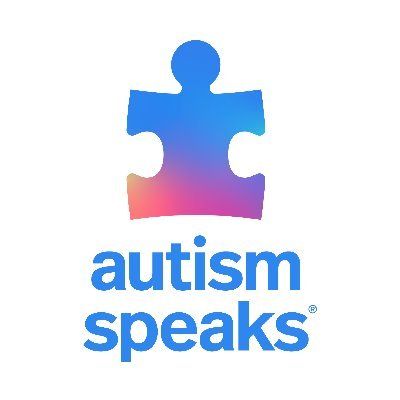Autism spectrum disorder (ASD) is a developmental disability that can cause significant social, communication and behavioral challenges. There is often nothing about how people with ASD look that sets them apart from other people, but people with ASD may communicate, interact, behave, and learn in ways that are different from most other people. The learning, thinking, and problem-solving abilities of people with ASD can range from gifted to severely challenged. Some people with ASD need a lot of help in their daily lives; others need less.
Signs and Symptoms:
People with ASD often have problems with social, emotional, and communication skills. They might repeat certain behaviors and might not want change in their daily activities. Many people with ASD also have different ways of learning, paying attention, or reacting to things. Signs of ASD begin during early childhood and typically last throughout a person’s life.
Children or adults with ASD might:
• Not point at objects to show interest (for example, not point at an airplane flying over)
• Not look at objects when another person points at them
• Have trouble relating to others or not have an interest in other people at all
• Avoid eye contact and want to be alone
• Have trouble understanding other people’s feelings or talking about their own feelings
• Prefer not to be held or cuddled, or might cuddle only when they want to
• Appear to be unaware when people talk to them, but respond to other sounds
• Be very interested in people, but not know how to talk, play, or relate to them
• Repeat or echo words or phrases said to them, or repeat words or phrases in place of normal language
• Have trouble expressing their needs using typical words or motions
• Not play “pretend” games (for example, not pretend to “feed” a doll)
• Repeat actions over and over again
• Have trouble adapting when a routine changes
• Have unusual reactions to the way things smell, taste, look, feel, or sound
• Lose skills they once had (for example, stop saying words they were using)

Prevalence:
• About 1 in 54 children has been identified with autism spectrum disorder (ASD) according to estimates from CDC’s Autism and Developmental
• ASD is reported to occur in all racial, ethnic, and socioeconomic groups.
• ASD is more than 4 times more common among boys than among girls.
• About 1 in 6 (17%) children aged 3–17 years were diagnosed with a developmental disability, as reported by parents, during a study period of 2009-2017. These included autism, attention-deficit/hyperactivity disorder, blindness, and cerebral palsy, among others.


